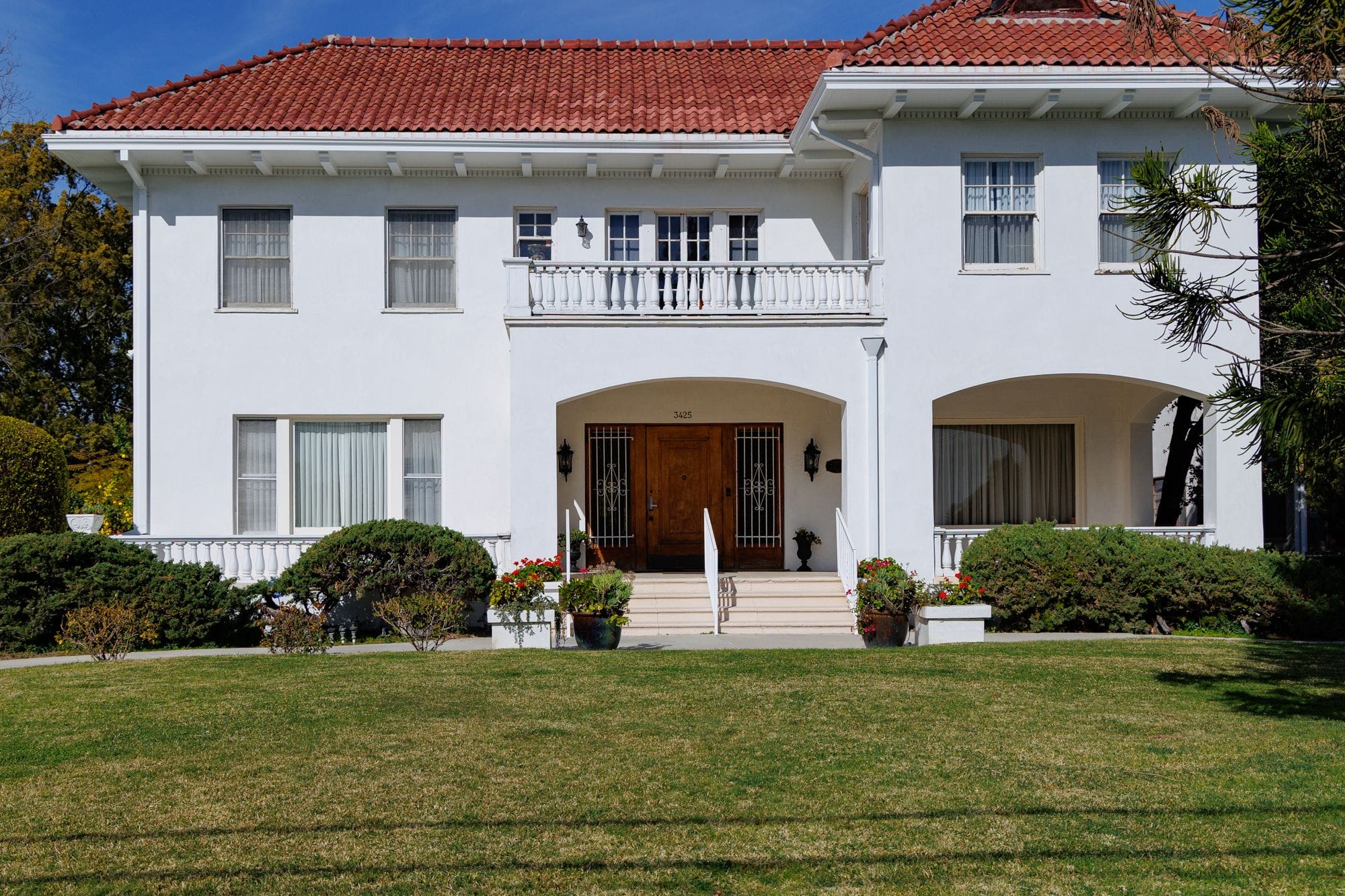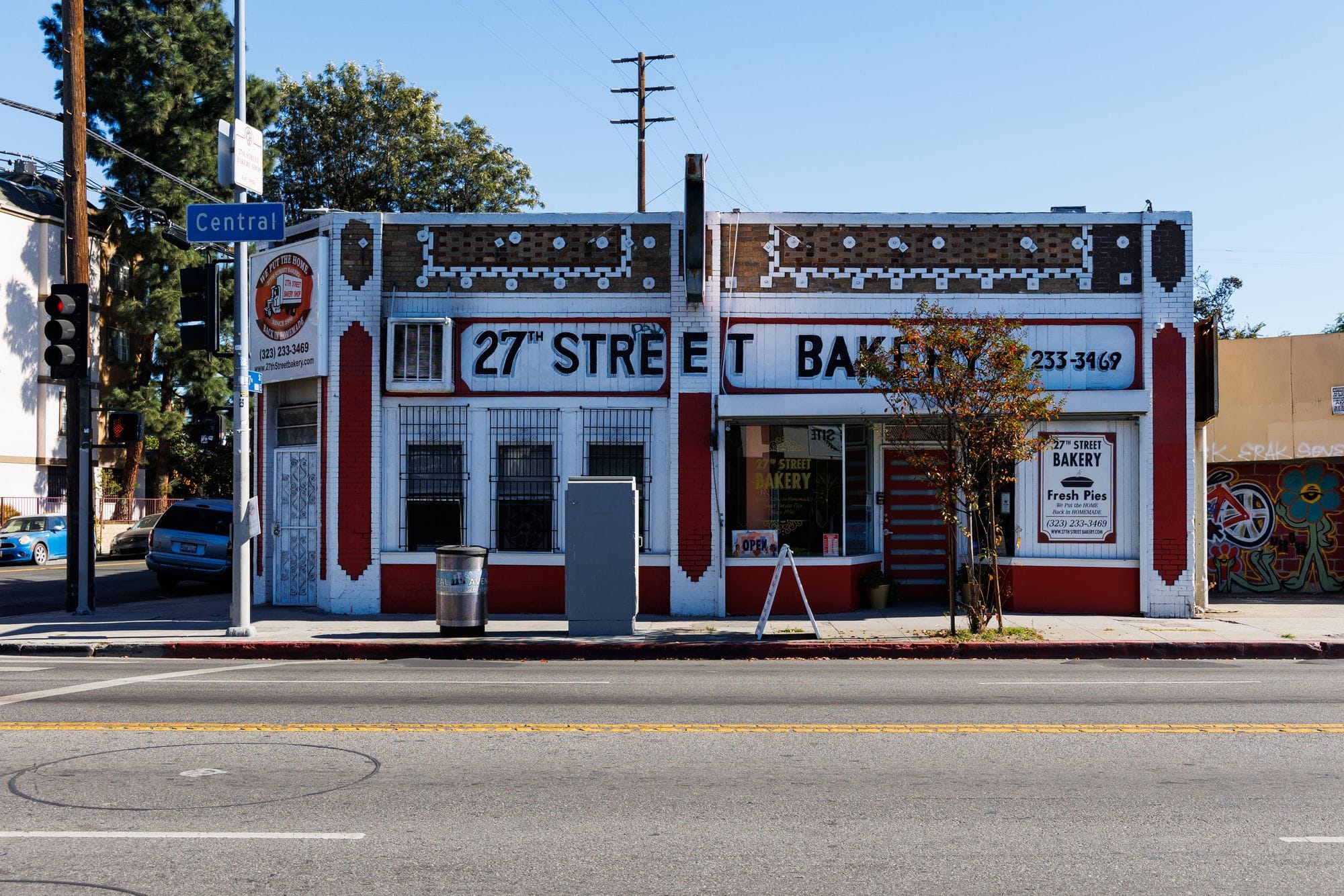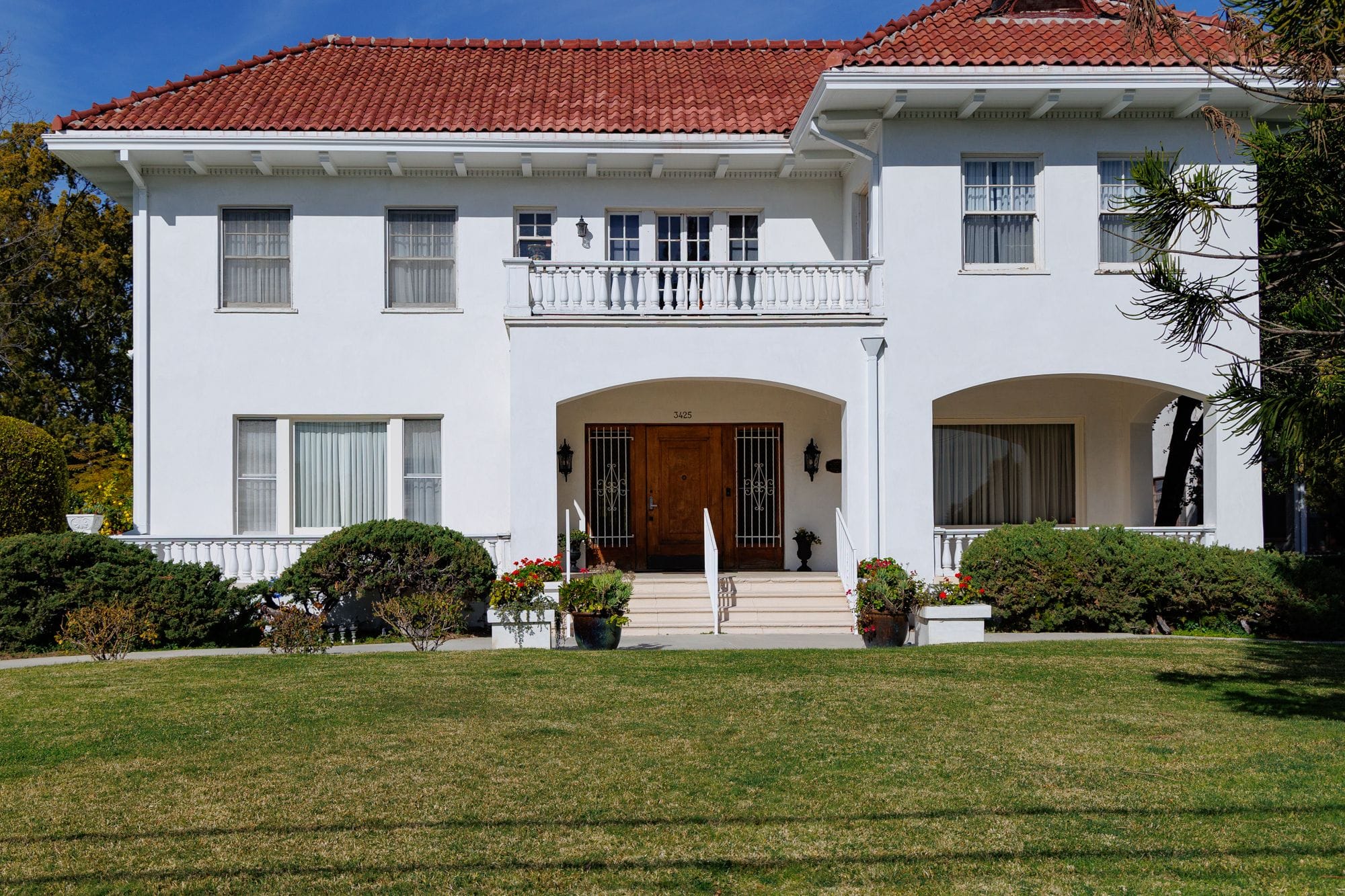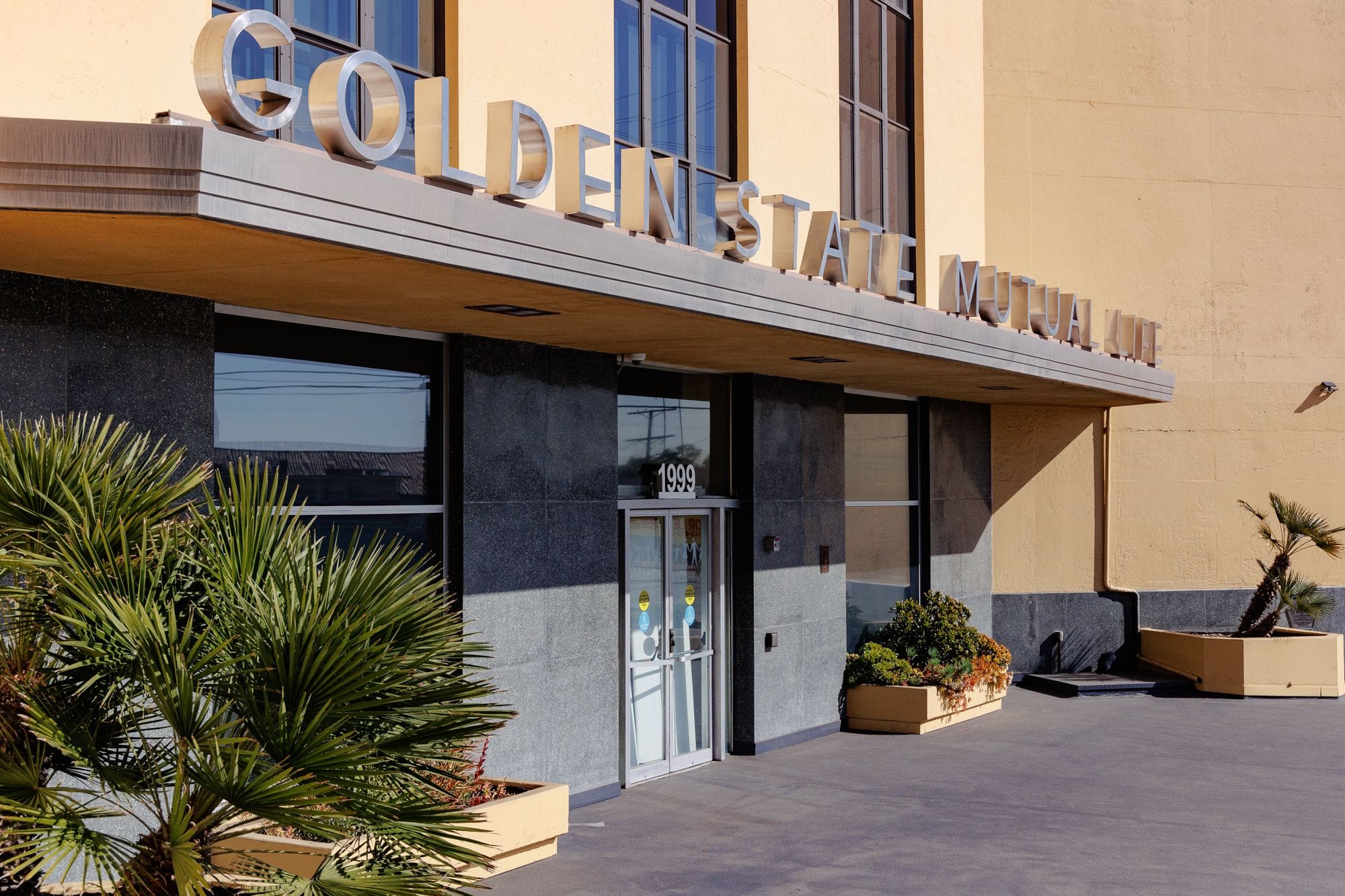The Black Space Project
A collaboration between Kwasi Boyd-Bouldin & Tyree Boyd-Pates.

A collaboration between Kwasi Boyd-Bouldin & Tyree Boyd-Pates.
Rarely, if ever, do people recognize South Los Angeles, CA, especially Central Avenue, as the "Harlem of the West." Yet, during the 20th Century, African Americans migrated to partake in the city's Black renaissance, similar to Harlem's through the 1920s and 30s during the Great Depression.
Our family’s matriarch is the descendant of enslaved Africans of Riceboro, Georgia. As a young, single mother, she moved from Savannah, Georgia to Brooklyn, New York searching for more significant opportunities for herself and her children. In 1980, she relocated with her five children to South Los Angeles and eventually moved to the Hollywood area.
Charting our migration westward gives us insight into the experience of hundreds of thousands of African Americans who did the same during the Great Migration of the 20th Century. Despite the city's perceived progressiveness, the local government consistently failed the African Americans migrating to Los Angeles. On the ground, the town was reminiscent of Northern and Southern U.S. cities during the Jim Crow era.
Yet, despite those structural failures, Black Angelenos resiliently carved out sections of the city like the Central Avenue Corridor in their image to preserve themselves - and their culture - as monuments worth keeping for subsequent generations. And by mapping Black Los Angeles' 20th-century cultural contributions and migrations, The Black Space Project provides a look into the city's Black History against the backdrop of its current topography.
In recent decades there has been a massive shift in the demographics of Los Angeles. Many African Americans have moved out of the city leaving the traditionally Black areas they established behind. This project aims to provide a historic context to the spaces that remain as they exist today.

Historic Central Avenue Corridor
Known as the "Black Belt of Los Angeles," the Central Avenue corridor was an ethnic enclave purposefully built to establish a Black presence in the City of Angels. Three critical landmarks—the Somerset Hotel, the Hudson Liddell Building, and the Golden State Mutual Insurance Building—supported its existence.

Wifandel Club
Started in 1945 by Fannie Williams and Della Williams, The Wifandel Club is the oldest African-American women's club in Los Angeles. It's also considered a historically vital institution and event space dedicated to Black femininity in Los Angeles, CA's Sugar Hill West Adams district.

Golden State Mutual
Formed in 1925 by William A. Nickerson, Norman O. Houston, and George O. Beavers, West Adam's Golden State Mutual Life (GSML) was the largest Black-owned company West of the Mississippi River. It was also of the area's most prominent buildings dedicated to Black upliftment in the American West.
